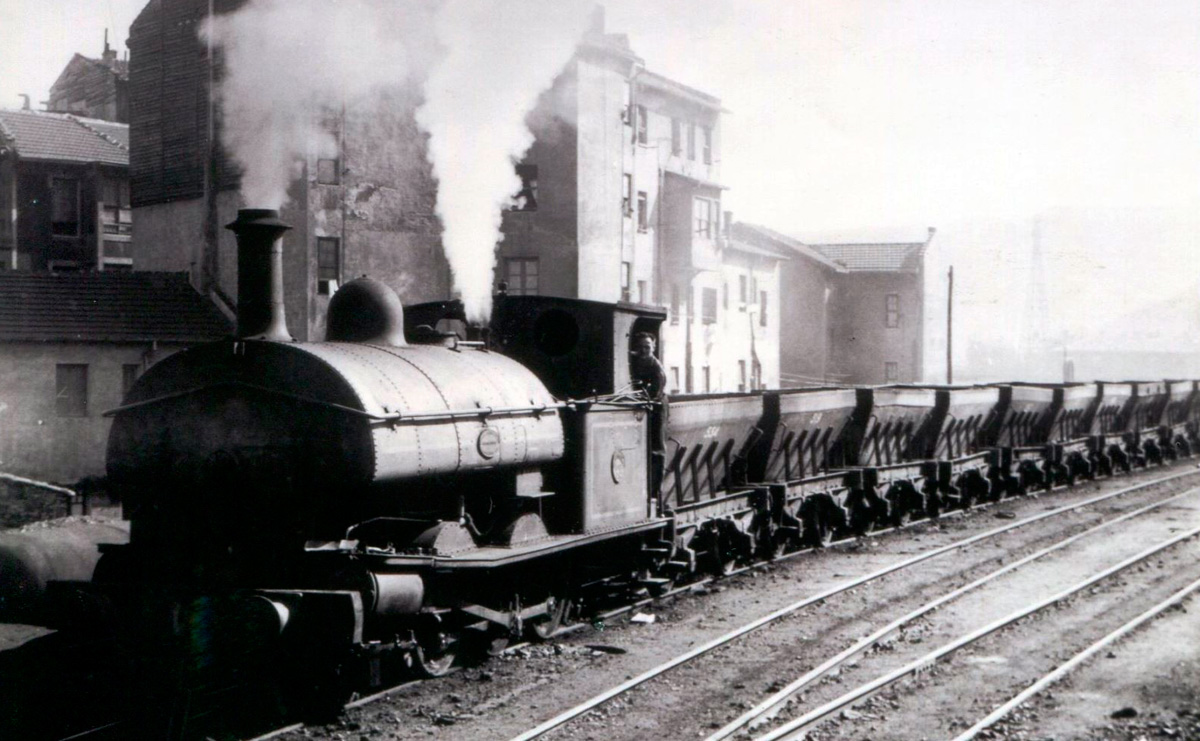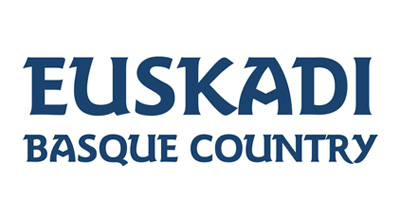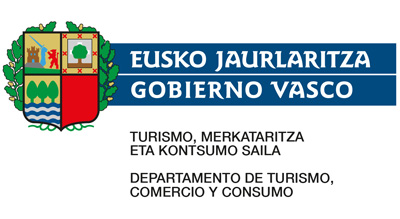La Orkonera Greenway
History of the Railway
 The Orconera Railway was one of the various mining train lines that linked the rich (as regards iron) left bank of the Nervión Estuary with the river docks on its banks. In the mid-19th century, iron-working enjoyed a boom thanks to the invention of the Bessemer system to produce steel. And the best iron for this metal alloy was found in this area. This circumstance filled the slopes of the Triano mountains with holes in order to steal the mineral, and with railroads to bring it down to the port and ship it to foreign markets. In 1872, British, German and Basque financiers created The Orconera Iron Ore Co. Ltd., with several mines in Somorrostro: Orconera, Concha, Magdalena, Carmen, Previsión and César.
The Orconera Railway was one of the various mining train lines that linked the rich (as regards iron) left bank of the Nervión Estuary with the river docks on its banks. In the mid-19th century, iron-working enjoyed a boom thanks to the invention of the Bessemer system to produce steel. And the best iron for this metal alloy was found in this area. This circumstance filled the slopes of the Triano mountains with holes in order to steal the mineral, and with railroads to bring it down to the port and ship it to foreign markets. In 1872, British, German and Basque financiers created The Orconera Iron Ore Co. Ltd., with several mines in Somorrostro: Orconera, Concha, Magdalena, Carmen, Previsión and César.
Five years later, in 1877, after a Carlist war that delayed construction, the mining trains began to run from the Lutxana docks to the various mines, which they reached via several branches that completed up to 60 km of metric-gauge rails. Railway lines marked by steep slopes, which benefited an operation with trains that went down loaded from the mine to the port, and went up the mountain empty and very light. But the slopes were such that there were up to 21 inclined planes that connected various sections of the mountain and their respective mine entrances.
The company was a great business in its first decades, because that efficient railway system transported millions of tons of iron to ships headed for foundries in the United Kingdom. It even had sections on double track to maximize the traffic.
The loss of productivity in the mines starting in the second decade of the last century, along with the rise of African mining reserves, resulting in the railway losing vitality. In 1948, the mines and railway were acquired by Altos Hornos de Vizcaya, which maintained the service for its own foundry until 1970, when the railway closed. It was a line solely for mining trains, with a symbolic passenger service for transporting the miners themselves.



